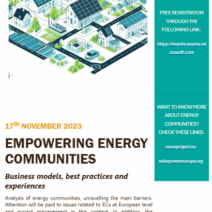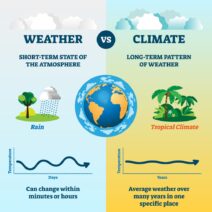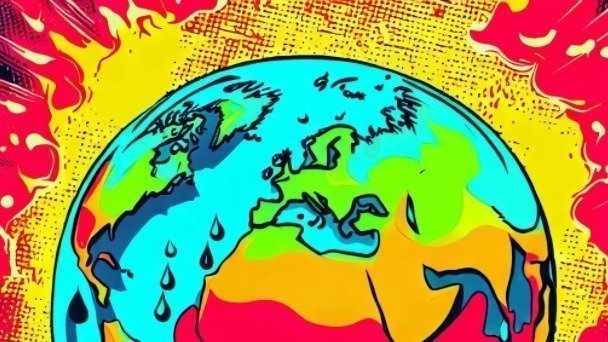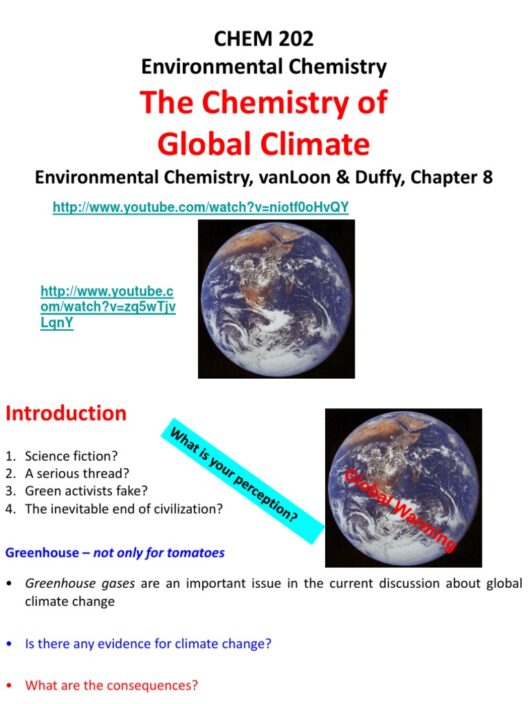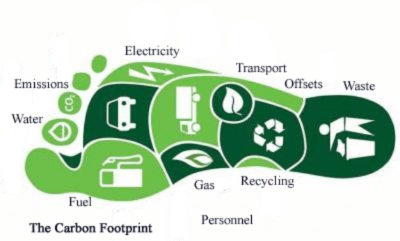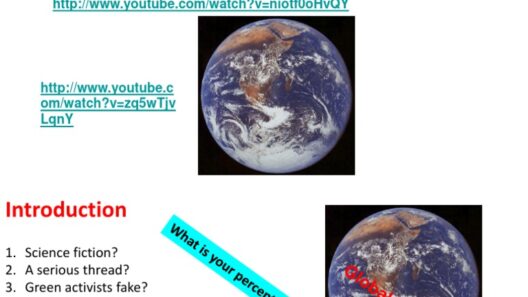Global warming presents one of the most daunting challenges of our time, with its profound implications for ecosystems, weather patterns, and human life. While the crisis may seem overwhelming, it inspires a plethora of innovative solutions designed to combat climate change effectively. This exploration illustrates various strategies, shedding light on both technological advancements and grassroots movements that pave the way for a greener future.
The foremost tool in the battle against global warming is the transition to renewable energy sources. Solar, wind, hydroelectric, and geothermal energy offer sustainable alternatives to fossil fuels, reducing greenhouse gas emissions significantly. The technological advancements in solar panel efficiency and wind turbine design have catalyzed a substantial decrease in the cost of these energy sources, making them more accessible for both individuals and corporations. For instance, the advent of floating solar farms can enhance energy production without requiring large land areas, mitigating land-use conflicts.
However, the shift to renewable energy is merely one facet of a broader ecological paradigm shift. Energy efficiency plays a critical role in reducing energy consumption. By implementing smart technologies, such as smart grids and energy-efficient appliances, households and businesses can drastically cut their energy needs. The adoption of LED lighting and high-efficiency HVAC systems exemplifies how mere behavioral modifications can lead to substantial energy savings, fostering a culture of efficiency that can ripple through entire communities.
Transportation, a major contributor to carbon emissions, necessitates innovative solutions. Electrification of public and private transport presents an opportunity to decouple mobility from fossil fuel reliance. Electric vehicles (EVs) have become increasingly mainstream, spurred by advancements in battery technology that extend driving range and minimize charging times. Governments around the world are enhancing infrastructure by investing in charging stations—making EVs a viable option for many. Moreover, car-sharing initiatives and improvements in public transit can alleviate urban congestion, further lessening carbon footprints.
On a more grassroots level, urban farming and permaculture practices are redefining local food production. As cities expand, the incorporation of vertical gardens, aquaponics, and community gardens not only reduces the carbon footprint associated with food transportation but also promotes biodiversity and local ecosystems. These practices contribute to healthier urban environments while simultaneously addressing food security concerns. Encouraging local food systems can profoundly change societal relationships with food, fostering awareness about sustainable practices.
Furthermore, the necessity of reforestation cannot be overstated in the fight against climate change. Forests serve as vital carbon sinks, sequestering large volumes of CO2 from the atmosphere. Initiatives aimed at planting trees, restoring degraded land, and protecting existing forest ecosystems are not just environmental endeavors but are also essential for biodiversity preservation. The increasing popularity of citizen-led tree-planting campaigns demonstrates a collective commitment to tackle global warming, revealing the potential for community engagement in ecological stewardship.
But, as efforts to reduce emissions accelerate, it is crucial to address the issue of climate adaptation. Rising temperatures and extreme weather events demand that communities bolster their resilience against climate impacts. Innovations in construction materials and practices can enhance a building’s capacity to withstand floods and storms. For example, the development of permeable pavements in urban areas helps manage stormwater runoff, reducing the risk of flooding while promoting groundwater recharge. By implementing adaptive measures, communities can secure their infrastructures and minimize socio-economic vulnerabilities posed by climate fluctuations.
Moreover, the global discourse on climate change must include equitable solutions. The most vulnerable populations, often bearing the brunt of climate impacts, must be prioritized in sustainability initiatives. Fair climate policies that incorporate social justice ensure that marginalized groups receive support in adaptation and mitigation efforts. Green job training programs can provide a path towards employment in renewable sectors, fostering economic resilience while contributing to national and global climate goals.
The digital age also offers unprecedented opportunities to innovate in combatting global warming. Big data and analytics can enhance our understanding of emission sources and climate impacts. By employing artificial intelligence and machine learning, we can optimize energy use in buildings, predict trends in climate patterns, and automate environmental monitoring. Citizen science initiatives, powered by technology, allow individuals to contribute to climate data collection and analysis, fostering a sense of agency and collaboration in addressing environmental issues.
Lastly, a concerted effort towards education and awareness is paramount. Environmental literacy shapes the perceptions and actions of future generations. Integrating sustainability topics into educational curricula equips students with the knowledge necessary to make informed choices and advocate for policy changes. Programs fostering outdoor learning experiences connect young people to nature, cultivating a stewardship mindset that transcends generations.
In summary, the fight against global warming is multifaceted, encompassing technological innovation, community engagement, and equitable policy solutions. By embracing a holistic approach, we can address the complexities of climate change while simultaneously fostering a sustainable and inclusive society. As individuals, communities, and nations coalesce around shared goals, we move closer to a future where Earth is not merely surviving but thriving in harmony with its inhabitants. The path to a greener future beckons—one rooted in collaboration, ingenuity, and unyielding commitment to protecting our planet.

